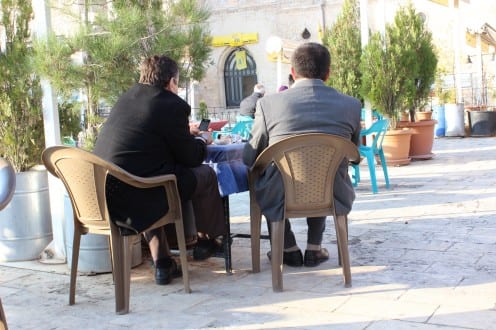Facebook and the vulnerability of the self
By Elisabetta Costa, on 7 February 2014

Photo by Elisabetta Costa
A social panic surrounding Facebook has arisen in my field-site in south-east Turkey: nasty cheaters use hacker applications to steal Facebook user names and passwords in order to damage people’s reputation!
The practice of stealing Facebook passwords to post shameful images and video, and swear words on other people’s walls seems to be quite common among young adults. Apparently the town is full of hacking applications that allows spiteful people to enter other Facebook pages and make unpleasant jokes. I met several people whose Facebook profile has been stolen and used to post nasty surprises that ruin their honour. And many young people are really afraid that such a thing can happen to them as well: “Facebook can be very dangerous” I’ve been told several times. I don’t know if hacking applications are really effective here in Dry Rock Town. But surely people continuously share common computers and smartphones, and probably forget to log out from their accounts, giving the opportunity to strangers and perfidious friends to commit these offences.
One of the most prevalent fears people have is that of losing control of their public image that can bring public disapproval. The public image on the Facebook wall can be seen as an extension of the person, but this in turn makes the person more vulnerable. Photos, images, thoughts, and private talks are all significant parts of the self that are “out there” and can be easily violated by others. A simple joke can indelibly violate the self: everybody in the large network of friends and acquaintances can potentially become a threat to the self by entering into its boundaries after having stolen a password. In the age of Facebook the borders of the self are extended, but at the same time more fragile and vulnerable. And when these borders of the self are vulnerable, honour can be shattered.
This moral panic surrounding Facebook reflects the anxiety related to the vulnerability of the self that Facebook has made more apparent. I really believe that traditional codes of honour and shame are given new life in the age of social media.
 Close
Close












